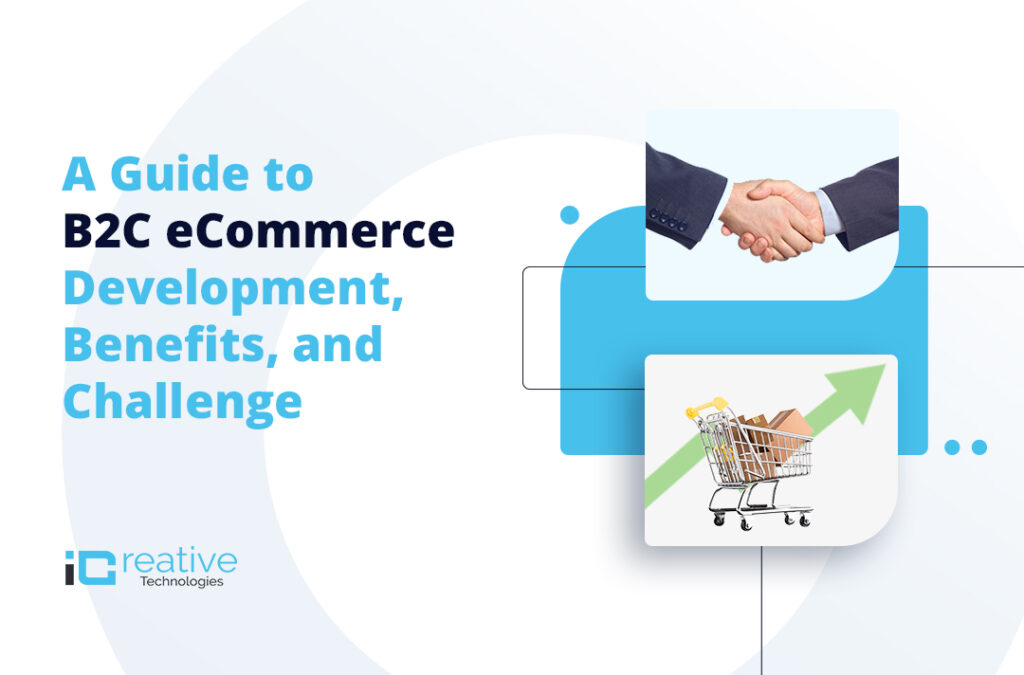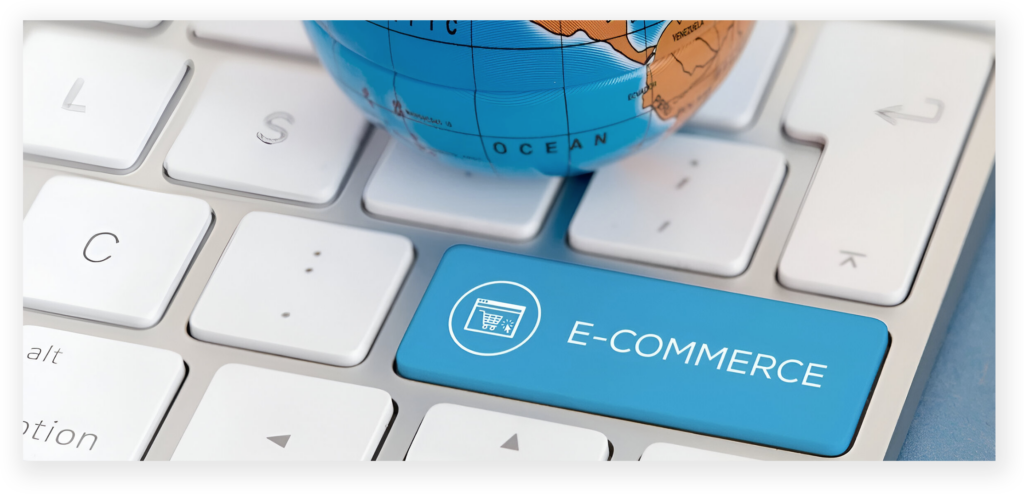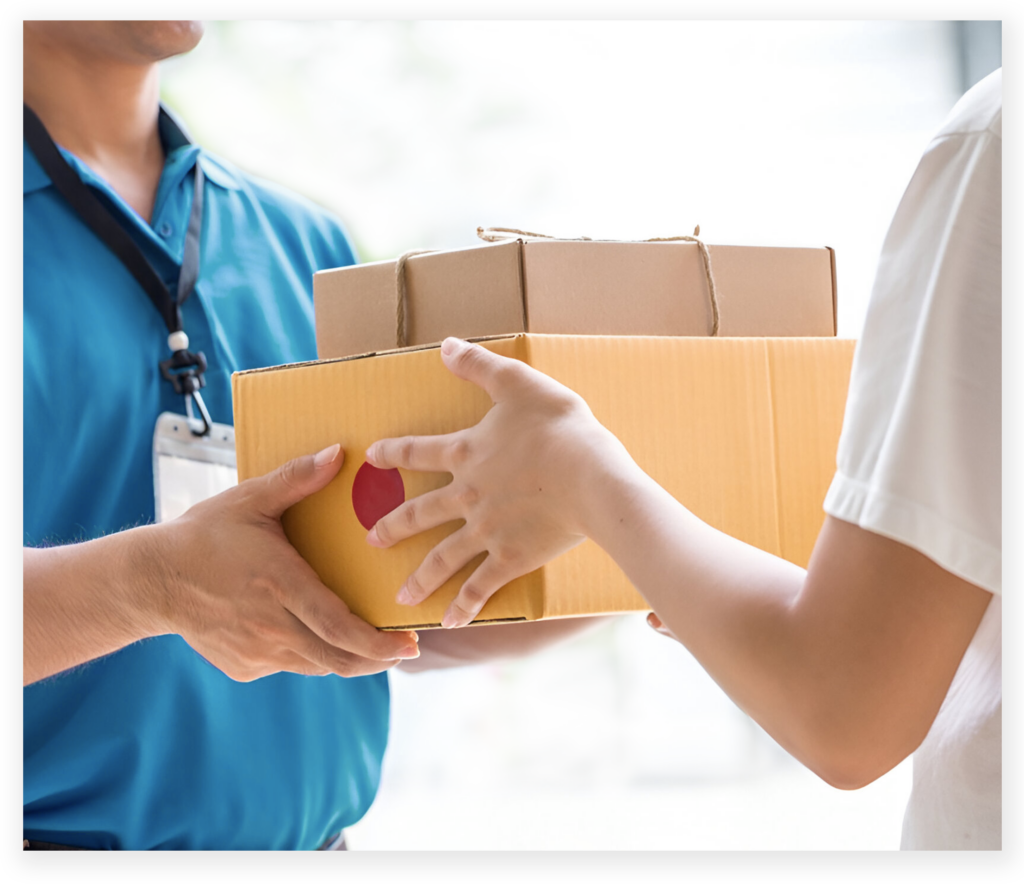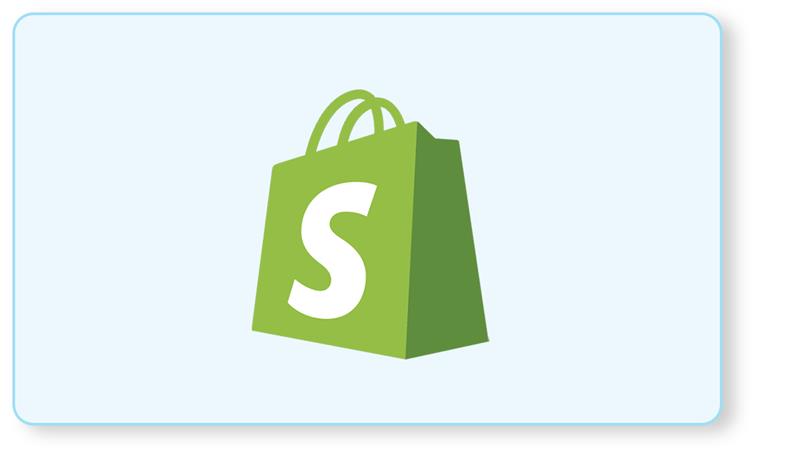
A Guide to B2C eCommerce Development, Benefits, and Challenge.
B2C eCommerce is a dynamic model in which firms offer their products and services to final consumers directly over the internet. With over 2.14 billion online shoppers across the globe, the importance of B2C eCommerce in today’s business cannot be overstated.
New trends are shaping the landscape: mobile-first shopping spreads rapidly, and more than 73% of all eCommerce sales now come from mobile. Further, with personalization of experience tailored to the specific shopping behavior of an individual customer, there is an increase in the rate of conversion on average by 10-15%. Thus, these innovations indicate changes in the paradigm of B2C eCommerce serving today’s consumers for convenience, speed, and relevance in a fully digitalized world.
This blog gives you an eagle’s eye view into B2C eCommerce and it’s exciting operations.
Benefits of B2C Ecommerce – Why is it a revolution for the World?
B2C eCommerce does give businesses some serious superpowers where no cape is required!
First, global reach. You can sell to someone in Tokyo while sipping coffee in New York. It’s like being at a market stall that never closes, except your stall is available to over 2 billion online shoppers.
Lower costs. Operating a physical store is expensive—rent, utilities, personnel, etc. An e-store saves you from all that hassle. You have a shop that runs itself overnight, and saving between 10% to 30% in cost is ensured by eCommerce to businesses.

Moreover, you get enriched customer information. Imagine knowing exactly what your customer wants before it is typed into the search bar. That is the magic of B2C eCommerce tracking- the personalized shopping experience that has increased conversion rates by up to 15%.
Finally, you get direct contact. The client connection may be in the form of instant feedback or real-time chat, and you can build relationships that can last for quite a long time, which is far better than waiting for a letter of complaint to arrive by snail mail.
While B2C Ecommerce is excellent, it also has some Drawbacks.
Tremendous opportunities with B2C eCommerce, indeed. However, it doesn’t all work smoothly.
First, high competition is fierce since anyone with a laptop and Wi-Fi can open an online store. Yet, in an ocean of business, standing out is critical. What is considered free and lightning-fast delivery nowadays has been set in stone by giant players like Amazon and eBay.

And then there’s the pain of logistics and fulfillment. Imagine promising same-day delivery and then wrestling with figuring out how to get a couch from here to there across the globe. The costs of running shipping, return, and international orders can bleed over very quickly. Reverse logistics (the Art of returning product) can cost retailers as much as 59% of their original price.
Third, customer trust is hard-won and easy to lose. Even firms like Amazon have only recently perfected this. Newer brands cannot earn and retain credibility since many emerging markets view digital payments suspiciously. The more skeptical the person is, they already suspect their credit card number will end up on the dark web. No, seriously, how do we get them not to be skeptical? That’s not an easy task at all.
Types of B2C Ecommerce Models
B2C ecommerce comes in many forms, serving different consumer needs and business strategies.
1. Direct Sellers: In the most common model, businesses sell directly to consumers on their site or through other online marketplaces. Retail titans Nike and Apple operate in this space; eCommerce retail sales alone are expected to reach $4.1 trillion by 2024.
2. B2C Dropshipping: Sellers do not hold inventory but market products shipped straight from the suppliers to the consumers. Because of platforms like AliExpress, the trend has gained a footing for sellers to list and promote products without upfront inventory costs.
3. Online Intermediaries: Portals such as Amazon and eBay connect buyers and sellers while charging a commission for mediating the transaction. Indeed, Amazon has more than 300 million active users worldwide.

4. Community-Based: User-generated content-based platforms, like Etsy, offer communities for artisans and creators to sell their products in that community. In 2023, 7.5 million sellers were recorded on Etsy, indicating that this model works.
5. Fee-Based: Services based on subscription or freemium models, such as services provided by Spotify and Netflix, are part of that model, where a user gets basic features free of cost but charges for premium features.
B2C Ecommerce Trends You Should Know About!
The B2C eCommerce world is changing fast; therefore, staying ahead means embracing some exciting trends.
First, we have Mobile Commerce or M-commerce. Today, 73% of all eCommerce sales occur on mobile, and if your site needs to be mobile-friendly, you might as well be selling flip phones in 2024! Customers expect seamless, mobile-first experiences so they can shop anywhere, any time—and on the couch during those boring meetings (we see you).
New secret weapons include personalization and AI integration. Imagine a website you can surf through to find every product that knows what is in your mind. That is magic from AI-driven recommendations. AI-driven chatbots also change the face of customer service because who needs their refund by only waiting until 9 am?
Finally, sustainability and conscious shopping have become mainstream, with 69% of the consumers opting for “eco-friendly” brands; a business that doesn’t “go green” risks being left behind. From carbon-neutral shipping to sustainable packaging, the future of shopping is not only convenient but also ethical.
Wrapping up,
The B2C eCommerce model opens extensive doors, changing how business and customer interactions can occur. It’s almost like running a digital personal shopping service, minus the fancy store and overpriced coffee, with AI and personalization driving it.
However, the real power of B2C eCommerce lies in its flexibility and magnitude. Companies are no longer just selling the product; they are now forming relationships, providing customized experiences, and embracing sustainability, not to mention other trend-setting. Brands’ success belongs to companies that innovate, know their customers, and corner the trends before they become the future.
In short, B2C eCommerce isn’t the future; it’s here and only gets bigger. Be it a small business just starting or an established brand, the potential of scaling globally but meeting the modern expectations of customers is boundless.
Bhavya Shah
Bhavya Shah is a Business Analyst at iCreative Technologies. He specializes in the eCommerce consulting for all business domains. He is working hand-in-hand with developers and clients to produce requirements and specifications that accurately reflect business needs and are technologically achievable.





